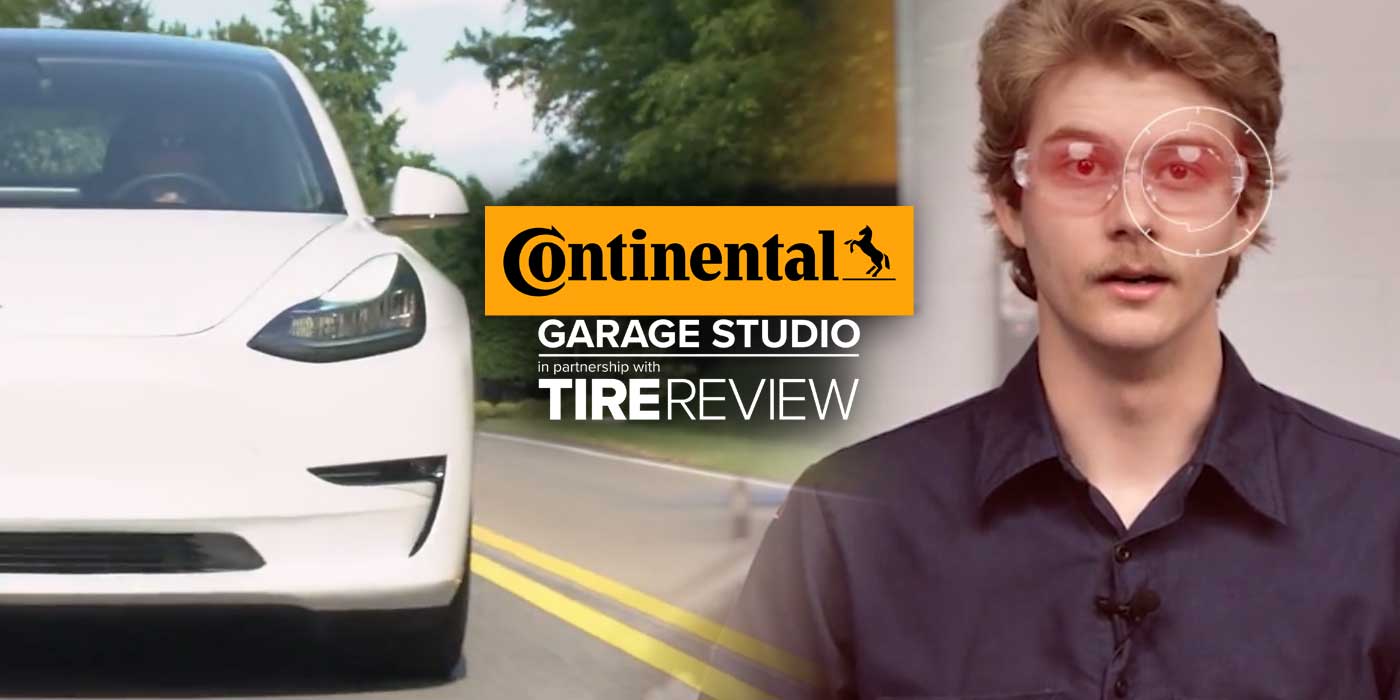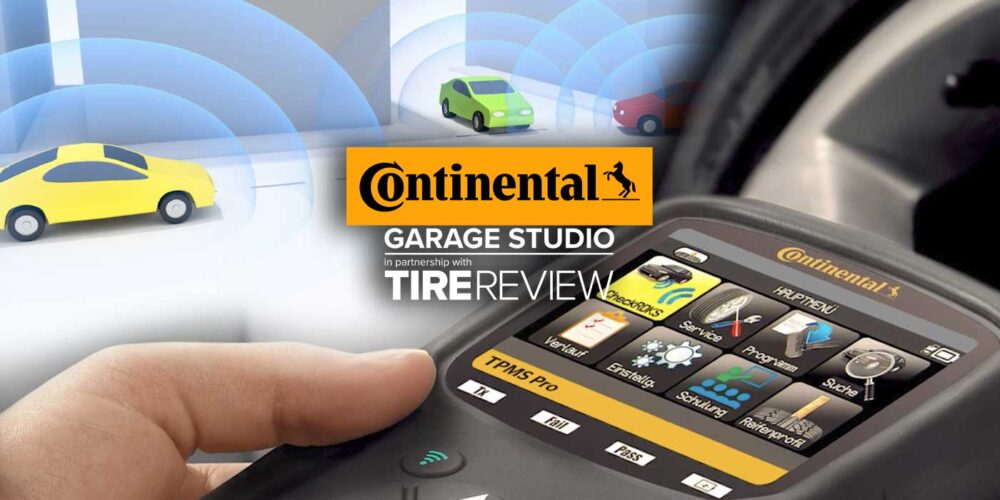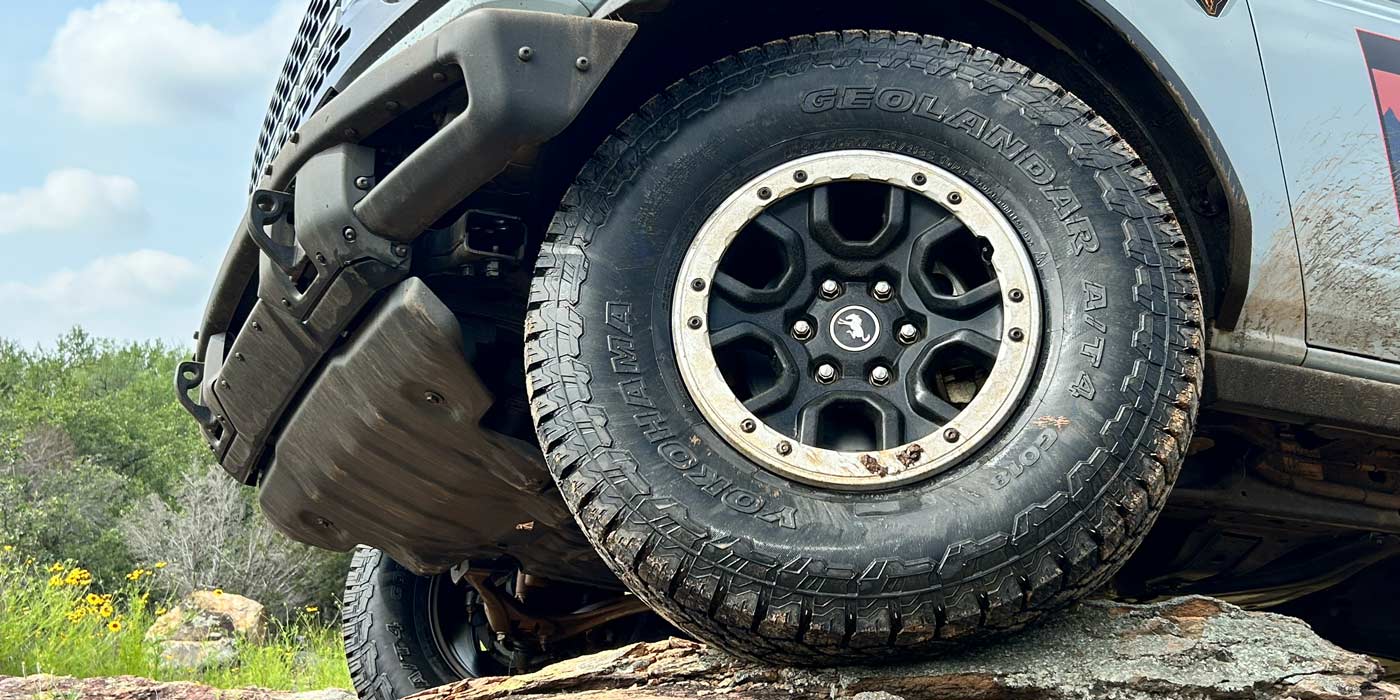All-wheel-drive vehicles are getting more popular every year thanks to their superior traction and stability in different terrains and weather. So, what does this mean for your customers’ choice of tires? We talk about that in this Tire Review Continental Tire Garage Studio video. Unlike traditional two-wheel-drive vehicles, AWD systems deliver power to all four wheels. Now, this is different than with four-wheel-drive systems, where the front and rear axles are mechanically linked together, usually by a transfer case.
AWD vehicles utilize a complex system of differentials and sensors to distribute power to the wheels with the most traction, ensuring optimal performance in diverse driving scenarios. By constantly monitoring wheel speeds and slip, AWD systems can adapt to changing road conditions.
Here’s where the choice of tires comes in: The correct tire size is essential for maintaining the integrity and functionality of the AWD system. These vehicles rely on all four tires working in unison to ensure proper distribution of power and traction. When the tires are of the correct size, they rotate at the same speed, allowing the AWD system to operate seamlessly. This synchronization is critical for optimal performance, especially when driving in challenging conditions where traction is paramount.
If you install tires on an all-wheel-drive vehicle that are of different sizes or have significant variations in tread depth, it can disrupt the balance and functionality of the AWD system. If any tire is spinning faster than any of the others, the customer’s car electronics may think a tire is slipping and could transfer power incorrectly for their current driving conditions.
Now, the tread depth difference between front and rear tires should be no more than 3/32nds of an inch and Subaru vehicles advise even less, at 2/32nds. If you mismatch, you risk varying rotational speeds among the wheels, causing the AWD system to work overtime, and this can snowball into all sorts of issues.
In practical terms, mismatched tires can cause undue stress on the drivetrain components, and that includes the differentials and transfer case. This means the all-wheel-drive system could continuously engage and disengage as it attempts to manage the disparities in tire rotation, leading to accelerated wear and reduced efficiency. Not to mention, the handling and stability of the vehicle may be compromised as the AWD system struggles to maintain proper power distribution among the wheels.
So, looking for the answer as to whether an all-wheel-drive vehicle owner needs to replace all four tires simultaneously? The answer is a resounding yes. When it comes time to replace tires, AWD owners should prioritize replacing all four tires simultaneously with the same size AND brand. This approach guarantees uniformity and consistency, safeguarding against the detrimental effects of mismatched tires on the AWD system. Even minimal differences in tire diameter can have significant repercussions on the AWD system – and if I were that vehicle owner, I’d take a hard pass on those costly repairs and compromised performance.
Don’t forget to follow us on Instagram and Facebook and subscribe to our YouTube channel for more tire, service and shop operations videos.













